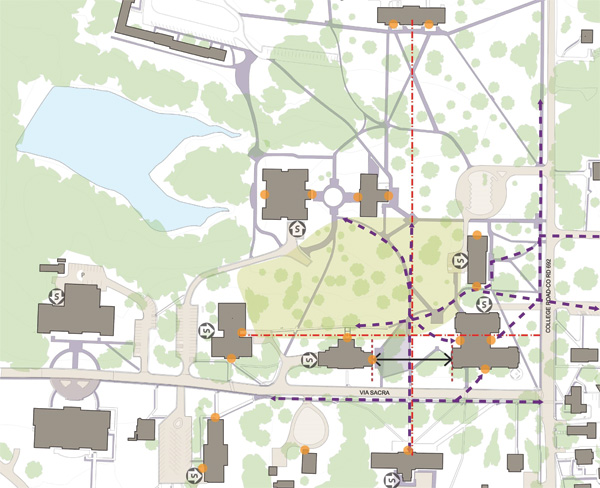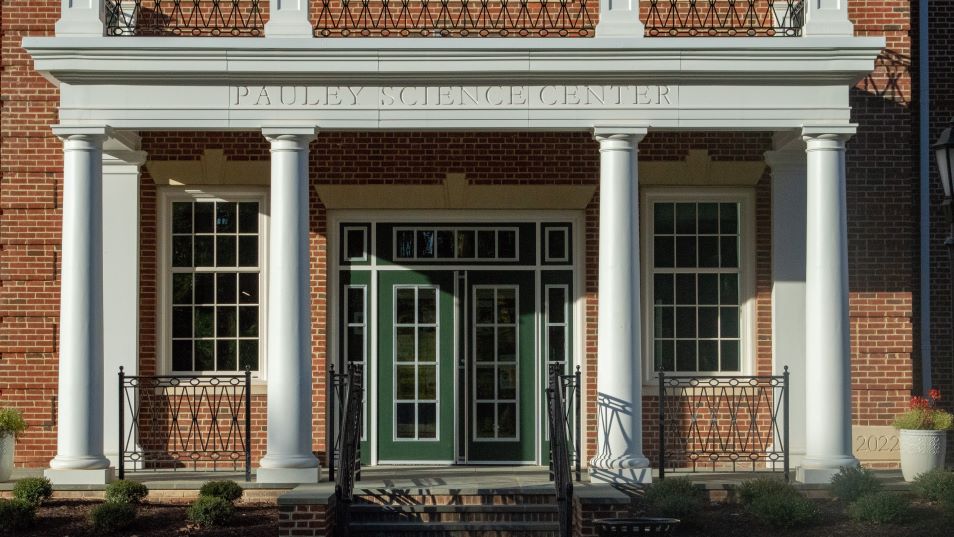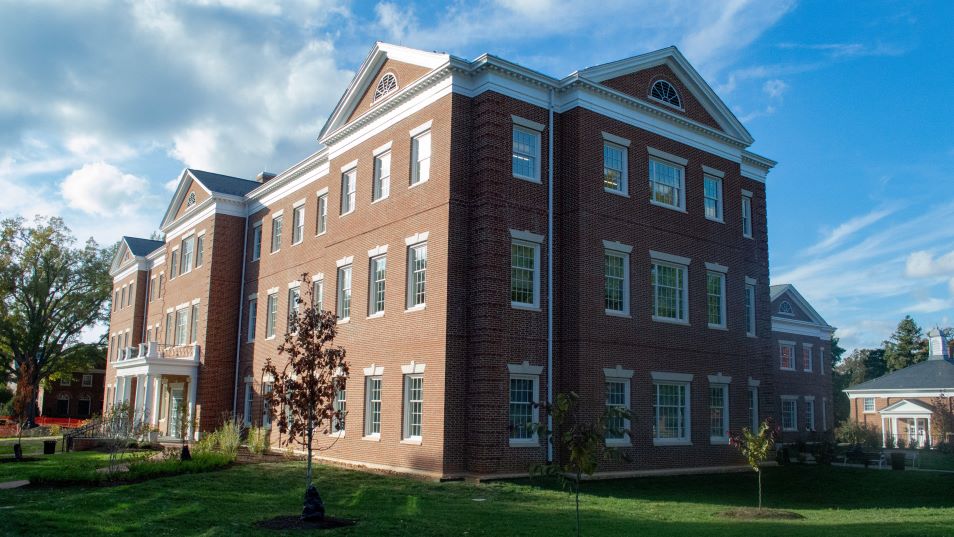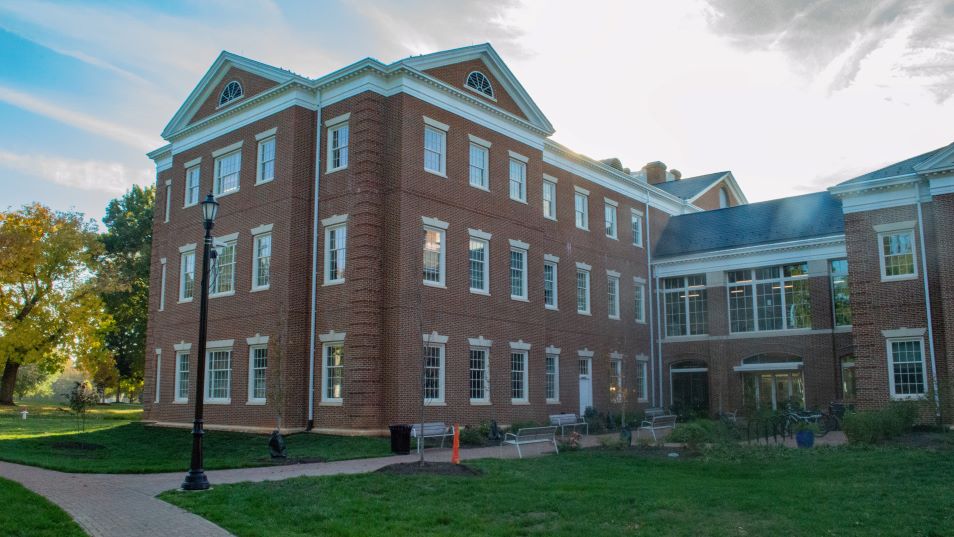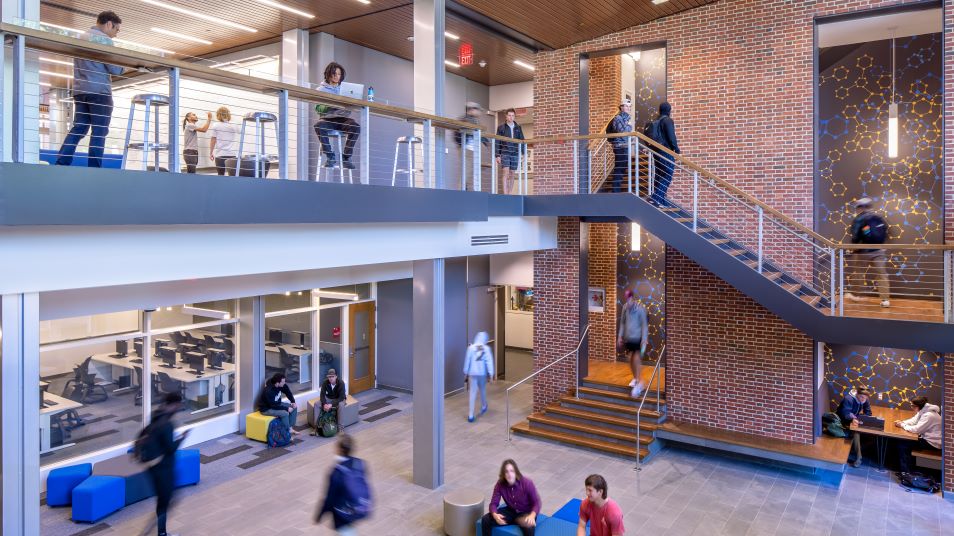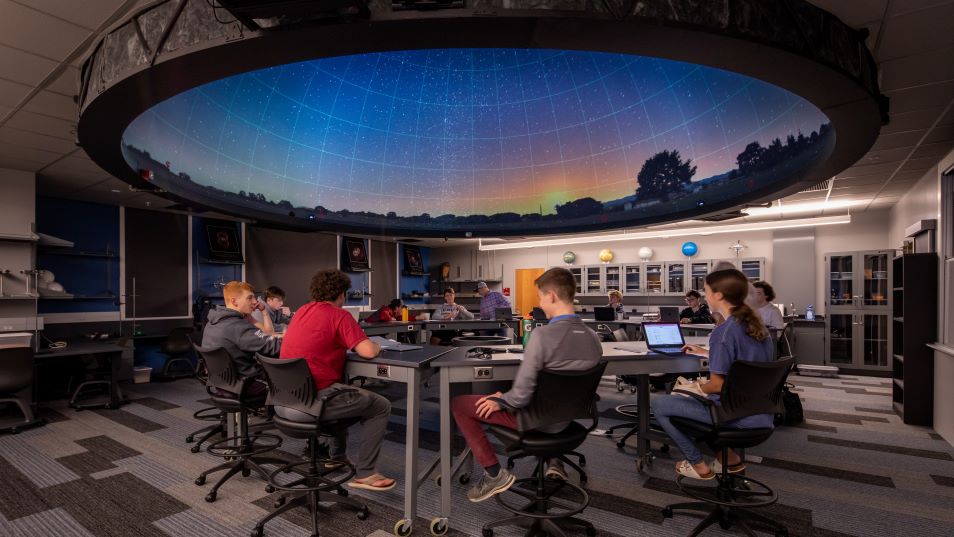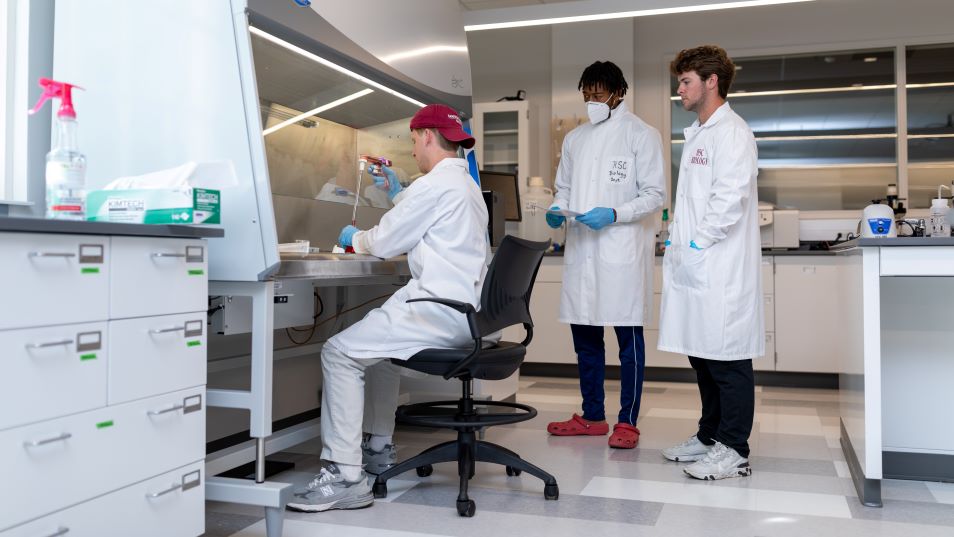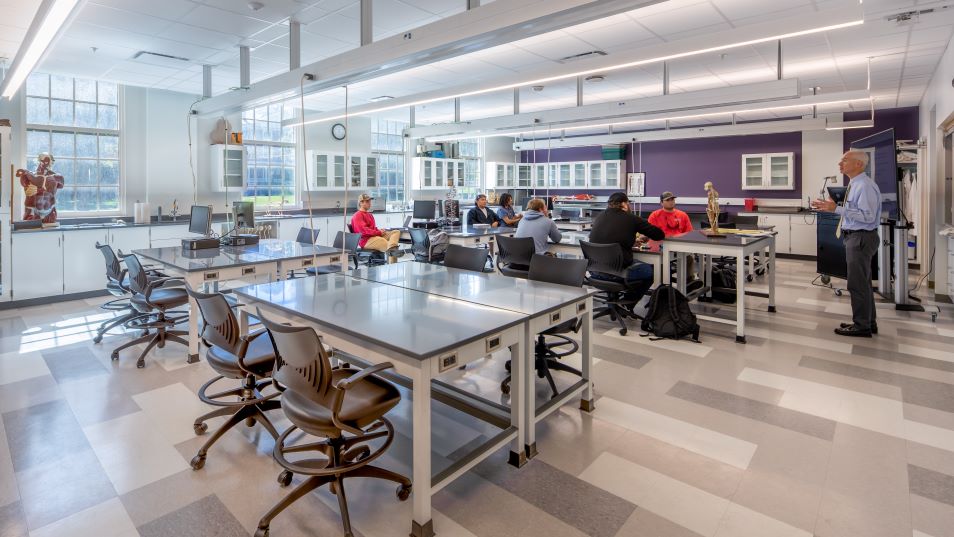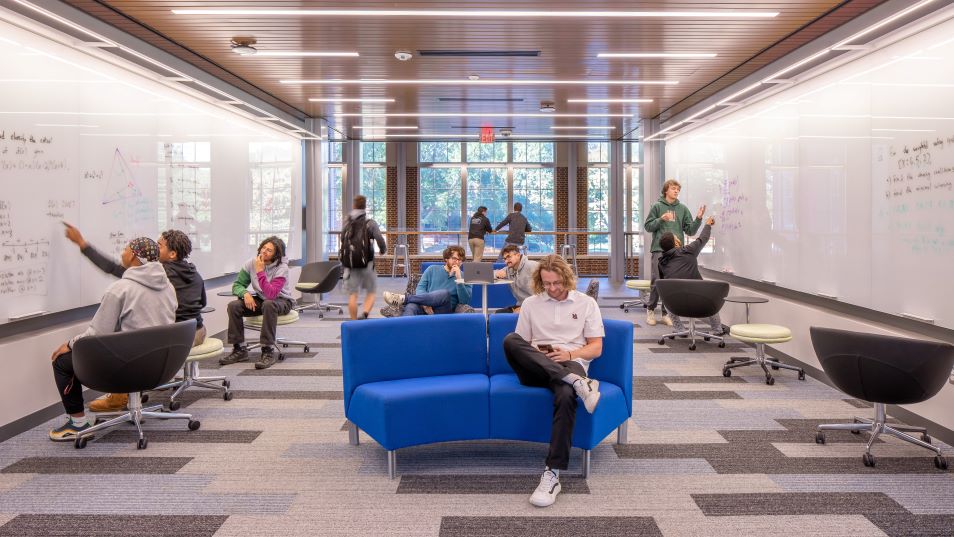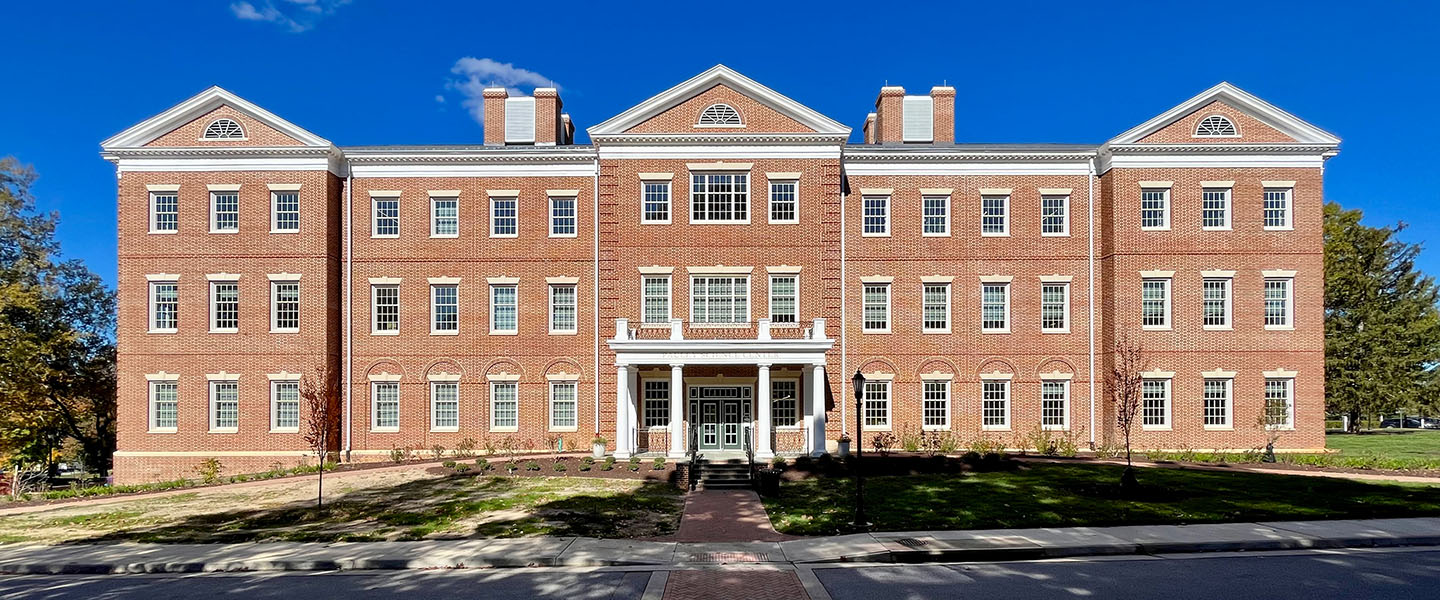
On September 6, 2019, Hampden-Sydney College received a gift of $30 million from Mr. Stanley F. Pauley via The Pauley Family Foundation. This transformational gift, the largest in the College’s history, supports the construction of a new, state-of-the-art science facility, named the Pauley Science Center. It has been among the most ambitious construction projects in the College’s history. The facility includes state-of-the-art classrooms, laboratories, equipment, and interactive spaces to support first-class science teaching, research, and scholarly activity. It launches the future of the sciences at Hampden-Sydney College.
"I am inspired by the College’s unwavering 244-year commitment to scientific literacy and preparing its graduates for career success, advancing scientific progress, and contributing to our society’s well-being. I am thrilled to invest in an institution that is making a real difference, a college that represents the best of American higher education."
Mr. Stanley F. Pauley
Mr. Pauley was the Chairman and Chief Executive Officer of Carpenter Co., a large producer of polyurethane materials. Carpenter Co. was founded by E. Rhodes Carpenter, a member of the Hampden-Sydney College class of 1929. Through The Pauley Family Foundation, Mr. Pauley was a generous benefactor of many important educational and arts institutions and a former member of the Hampden-Sydney board of trustees. Mr. Pauley passed away in 2020 at the age of 93.


